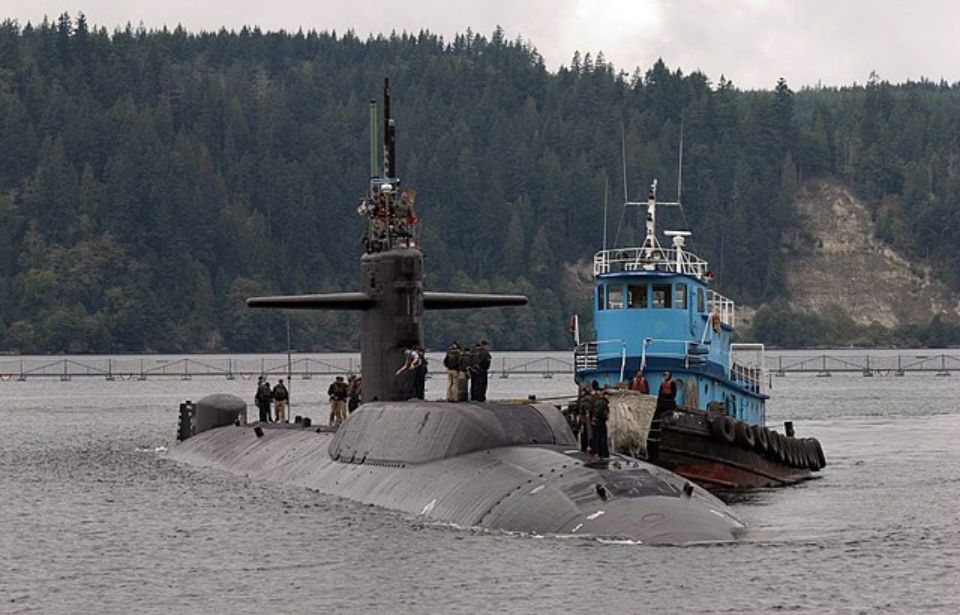It’s likely you’ve never heard of the US Navy’s most decorated warship and that’s because it never wanted you to know about the USS Parche (SSN-683) while she was in active service. What may be even more fascinating is that the submarine received all of her decorations without once firing a weapon in attack or defense.
Construction of a top-secret hunter/killer submarine
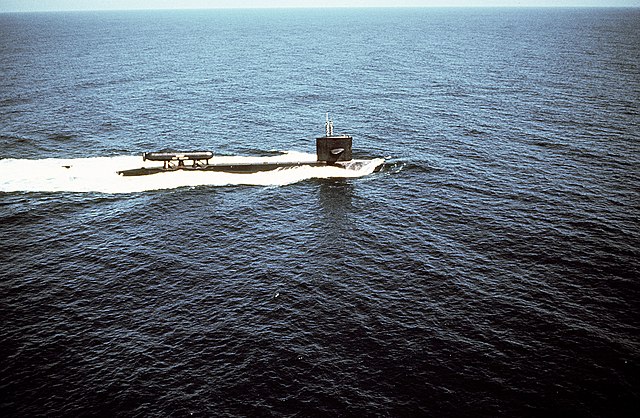
The USS Parche was laid down in December 1970, at Ingalls Shipbuilding Corp. in Pascagoula, Mississippi. Within four years, she was commissioned, serving in the US Navy for three decades.
During the construction phase, no one, not even the shipbuilders, knew what was in store for this special ship. She was the second vessel to be named Parche, with her predecessor becoming one of the most decorated submarines of the Second World War, and this served as the only indicator of what was to come.
At the time Parche was being conceived, US Intelligence had discovered undersea communication cables in both the White Sea and the Sea of Okhotsk. Laid down by the Soviet Union, it was quickly determined these cables would be tapped, to better understand enemy movements in the Pacific and the Atlantic. Given the ever-high tensions of the Cold War, having the upper hand could prove very beneficial, should things turn hot.
USS Parche (SSN-683) specs.
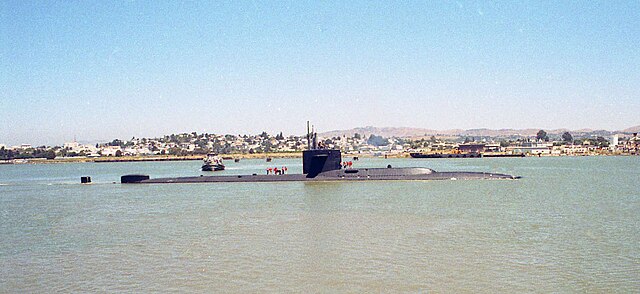
The USS Parche was built as part of the Sturgeon-class of nuclear-powered fast attack submarines, which have been described as the “workhorses” of the US Navy’s fleet during the Cold War. While they’ve since been phased out and replaced by the likes of the Los Angeles, Virginia and Seawolf classes, these vessels hold a special standing in military history.
Parche was powered by a single S5W nuclear reactor, two steam turbines and one propeller, which produced 15,000 shaft horsepower and allowed the submarine to hit a top speed of 17 MPH while surfaced and 29 MPH when submerged.
While originally able to house a crew of 112, modifications made between 1987-91 increased this number to 179 – 22 officers and 157 enlisted sailors. To ensure their safety while serving in ice-heavy areas, the vessel featured a reinforced sail with diving planes, which prevent damage being caused when the submarine broke through the ice to surface.
In terms of armament, Parche was equipped with four 21-inch torpedo tubes, capable of firing Mk 48 torpedoes. The submarine was also able to deploy a variety of sea mines and rockets, including the UGM-84A/C Harpoon and UUM-44A SUBROC.
Entering service with the US Navy
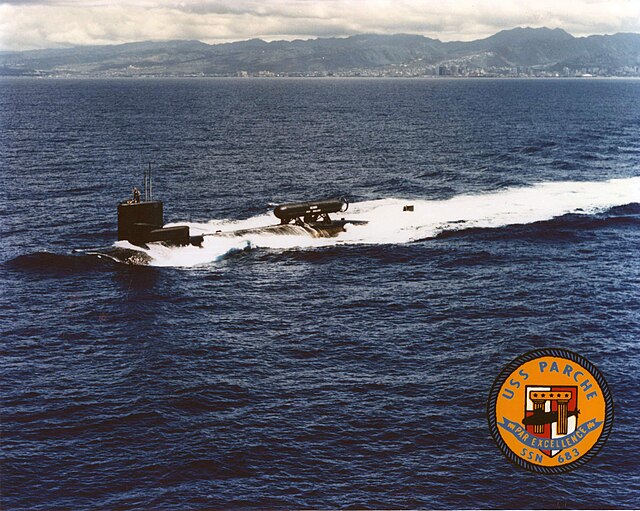
Between 1974-76, the USS Parche served with the Atlantic Fleet, before being transferred to the Pacific Fleet. Prior to heading to the Pacific, she underwent a retrofit, with the exact modifications still unknown to the public.
Not long after discovering the existence of the aforementioned Soviet undersea cables, the US Navy, in collaboration with the National Security Agency (NSA) and the Central Intelligence Agency (CIA), launched Operation Ivy Bells to tap into the cables and collect information from the enemy. Parche was selected to participate in this, with it alleged the submarine successfully tapped into the cables situated in the Sea of Okhotsk.
Turning into a ‘ghost’
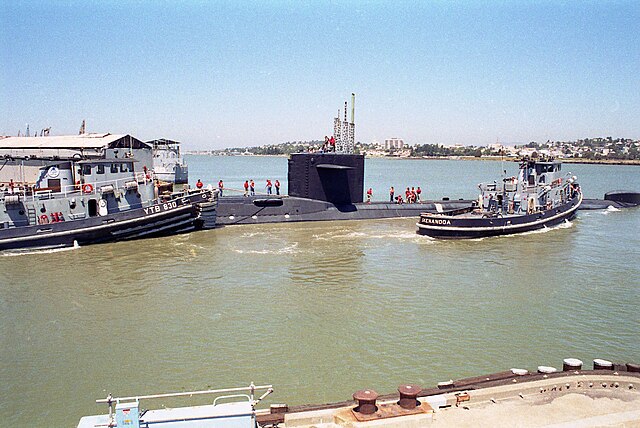
The USS Parche went from being a typical attack submarine to a “ghost,” spying with advanced monitoring, reconnaissance and surveillance systems. While the US Navy’s submarine force is referred to as the “silent service” because the vessels operate best when no one knows where they are, the branch took this concept to the extreme with Parche‘s crew. Sworn to secrecy, they could tell no one of the nature of their missions.
Along with the invaluable intelligence gained from the wiretaps, Parche recovered fragments of the Soviet Union’s anti-ship missiles, allowing the Navy to analyze them and develop countermeasures to protect its own vessels. It’s also believed she conducted this type of activity during the Third Taiwan Strait Crisis in 1995-96.
Parche received additional retrofits throughout the 1980s and ’90s, which improved the systems used onboard the submarine, with cameras, sonars, and a longer hull to fit more equipment and more crew installed, among other things. Following this, she underwent a mission with Submarine Development Squadron 5.
Decommissioning the USS Parche (SSN-683)
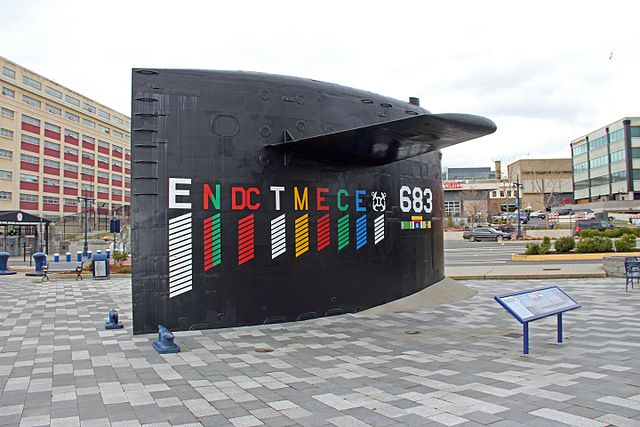
In the 2000s, it was determined the USS Parche had reached the end of her service life. She was one of the last Sturgeon-class vessels still in operation, with the others having been replaced. In 2004, the decision was made to decommission the submarine.
Over the course of her top-secret service with the US Navy, Parche received:
- Nine Presidential Unit Citations
- Eight Tactical Proficiency Excellence, Submarine Awards
- Seven Commiuniction Excellence Awards
- 13 Navy Expeditionary Medals
- Seven Supply Excellence Awards
- Seven Engineer and Damage Control Excellence Awards
- 10 Navy Unit Commendations
- 15 Navy Battle “E” Ribbons
- Nine Damage Control Excellence Awards
- 14 Battle Efficiency Awards
- 8 Medical Department Awards
- 10 Navigation Excellence Awards
- Six Deck Seama ship Excellence Awards
More from us: Spain’s Newest Submarines Were Delayed Because Someone Put a Decimal In the Wrong Place
After 30 years of service, Parche was scrapped at Puget Sound Naval Shipyard, with the process being completed in November 2006. The sail with her markings was retained and is on display in Bremerton, Washington, and the USS Jimmy Carter (SSN-23) today serves the same purpose as Parche once did.
